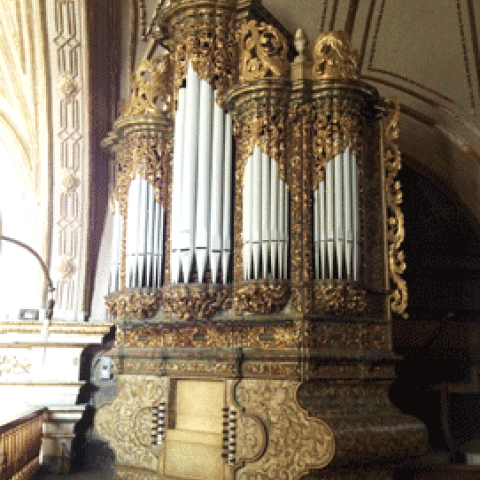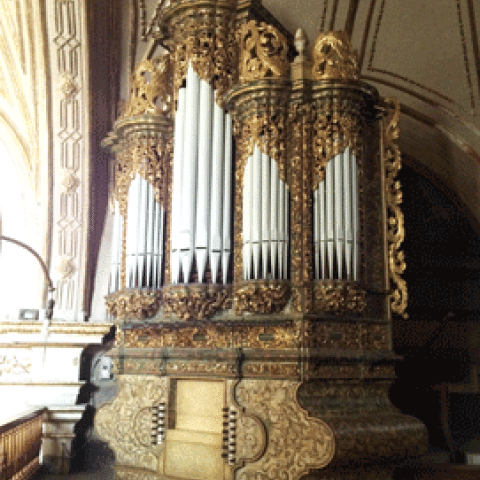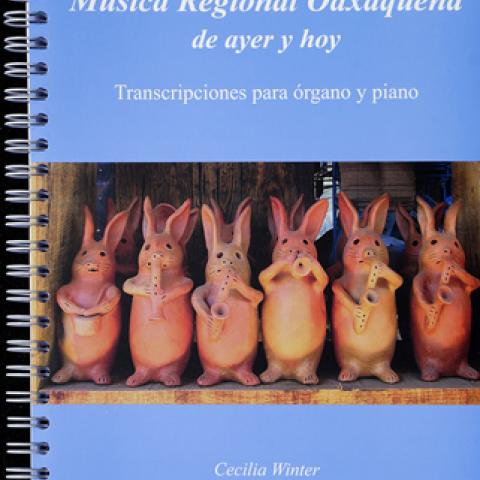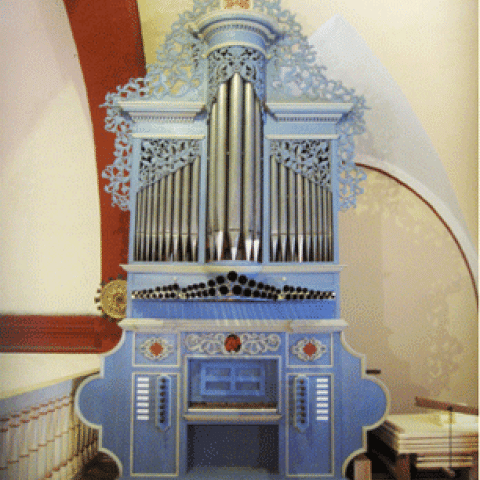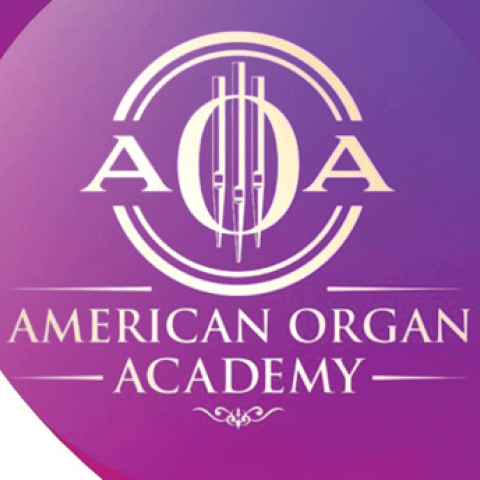
The Instituto de Órganos Históricos de Oaxaca A.C. (IOHIO) announces its 13th international organ festival, headquartered in Oaxaca, Mexico, February 18–23, 2020, featuring many of the historic pipe organs in the surrounding region.
The festival includes nine concerts on eight organs, featuring performers such as Craig Cramer, Pavel Kohout (Czech Republic), and João Vaz (Portugal).
There will be visits to 12 unrestored organs and their churches, many of which are usually inaccessible to the public, in the Oaxaca Valley and the Mixteca Alta.
For information: www.iohio.org.mx.

